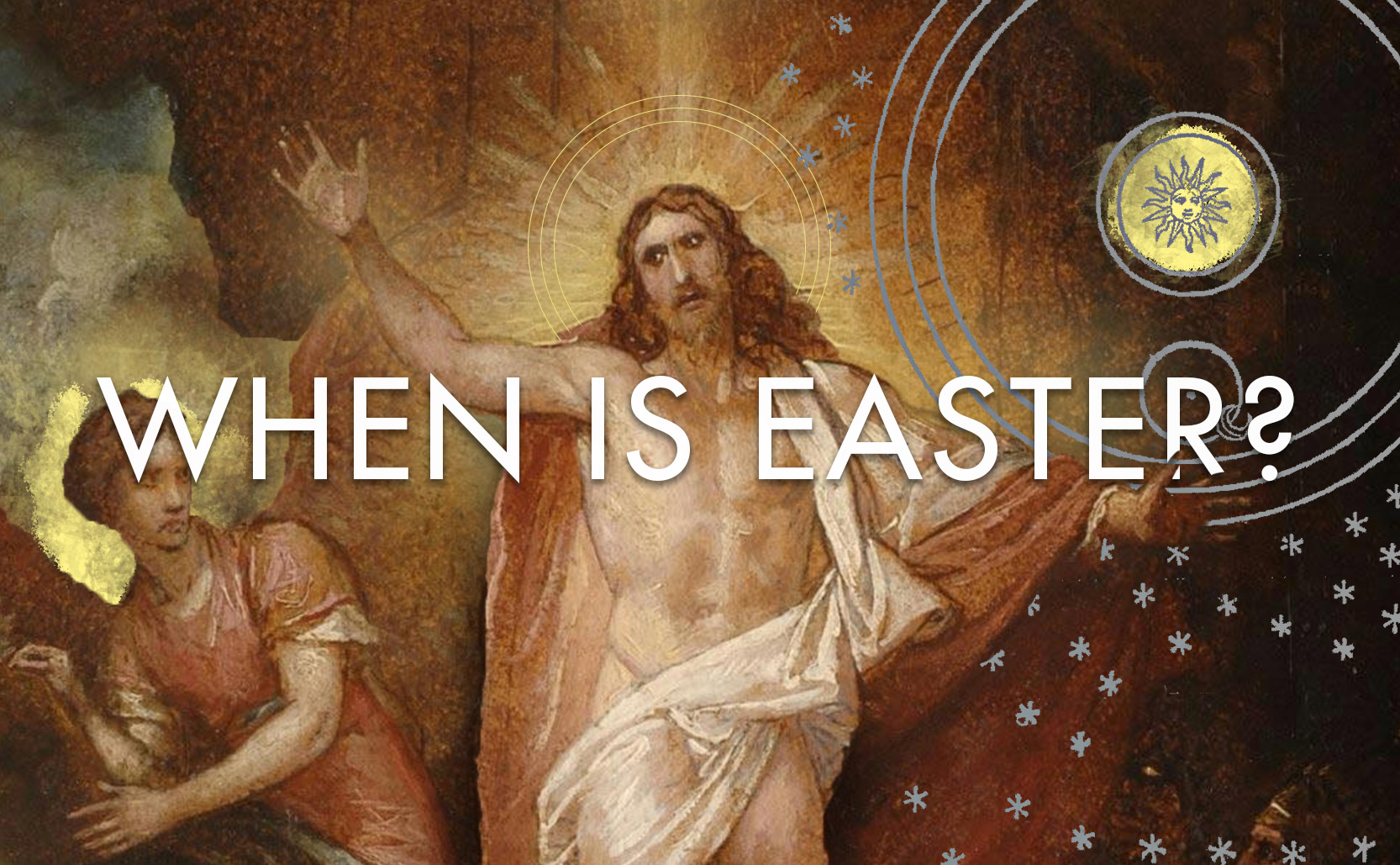When is Easter?
Easter if a floating holy day whose date has been a moving target for millennia.
The modern confusion over when to celebrate Easter goes back to the earliest Christians. To start, it’s not entirely clear what day of the week the crucifixion of Jesus took place on. The Bible can be interpreted to say that the Sunday resurrection took place three full days after the crucifixion, meaning the crucifixion took place on a Wednesday. Or the resurrection was simply “on the third day” (not three full days) and as such the crucifixion took place on a Friday. As for celebrating the resurrection some early Christians chose to celebrate on the first day of Passover (the holiday during which Jesus was crucified) while others celebrated on the Sunday of Passover when the tomb was found empty.
The First Council of Nicaea in 325 CE, convened by the Roman Emperor Constantine, established that the resurrection would be celebrated not just on a Sunday but on the Sunday following the full moon after the March (northern Spring) equinox. This kept the holiday near Passover, which is also around the Spring equinox, but not necessarily on Passover. This helped to standardize the observance of the resurrection … until the change of calendars confused things again.
East meets West
Introduced by Pope Gregory XIII in 1582, the Gregorian calendar was used by western churches to (among other things) calculate the annual observance of the resurrection. Orthodox churches however continued using the Julian calendar (which is 13 days behind the Gregorian calendar). The use of two different calendar systems is why there are usually two different dates for Easter each year – falling near one another but not usually on the same Sunday.
Another confusing detail is what to call the holiday. Given the holiday’s connection to Passover many languages and church denominations call the holiday some translated variation of the word Passover (which in Latin & Greek is “pascha” which also gives us the word “paschal” the term for things pertaining to Easter or Passover). In German and English however, the names “Ostern” and “Easter” are used which come from a pagan goddess.
Easter / Ēostre pagan goddess
The Germanic goddess Ēostre (aka Ôstara or Austra) was a Spring deity … probably. There is very little documentation of Ēostre. It is unknown how widespread the worship of her may have been or for how long. The primary source we have is The Reckoning of Time written by the English monk Saint Bede the Venerable in 725 CE. Bede writes about calculating the date of the resurrection and mentions that it took place around the Spring equinox, the same time of year that the Anglo-Saxons used to hold a feast in honor of Ēostre. From this timely reference to Ēostre the name “Easter” came to be the English name for the celebration of the resurrection of Jesus (even though she had nothing to do with it).
Added info: Constantine not only helped to standardize when to celebrate Easter but he was also the reason the Chi Rho became the symbol of the Roman empire as well as the early Catholic church.
Also, while Christmas is a fixed date, why it became December 25th is as confusing as establishing when Easter is.



